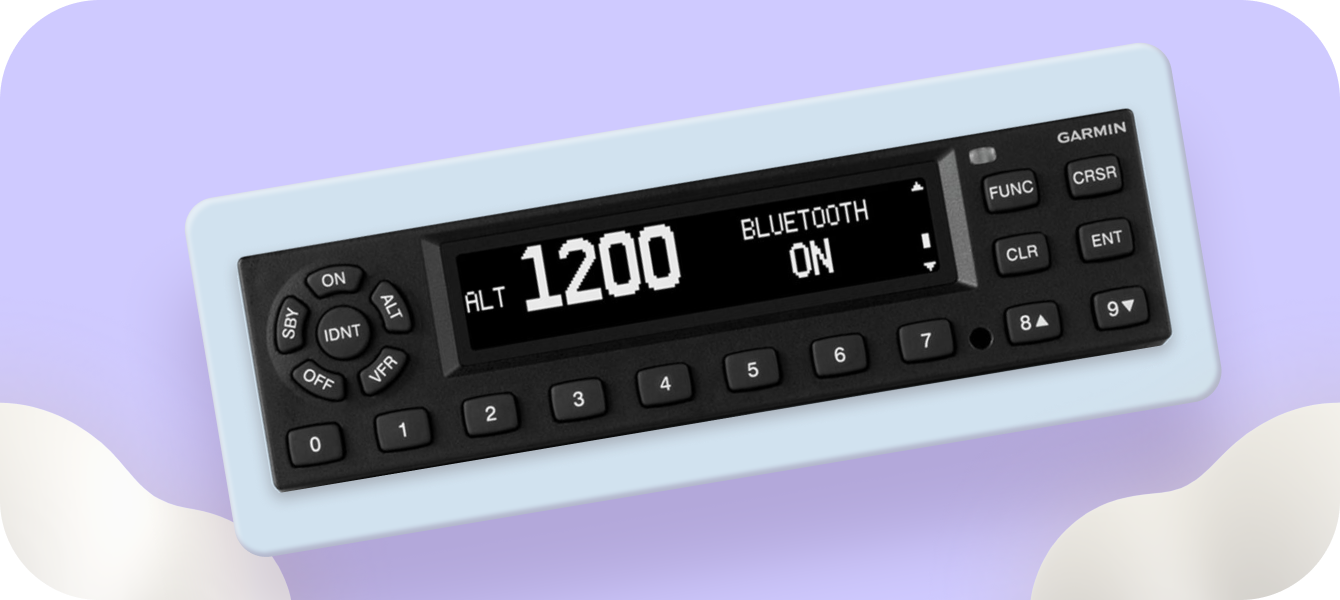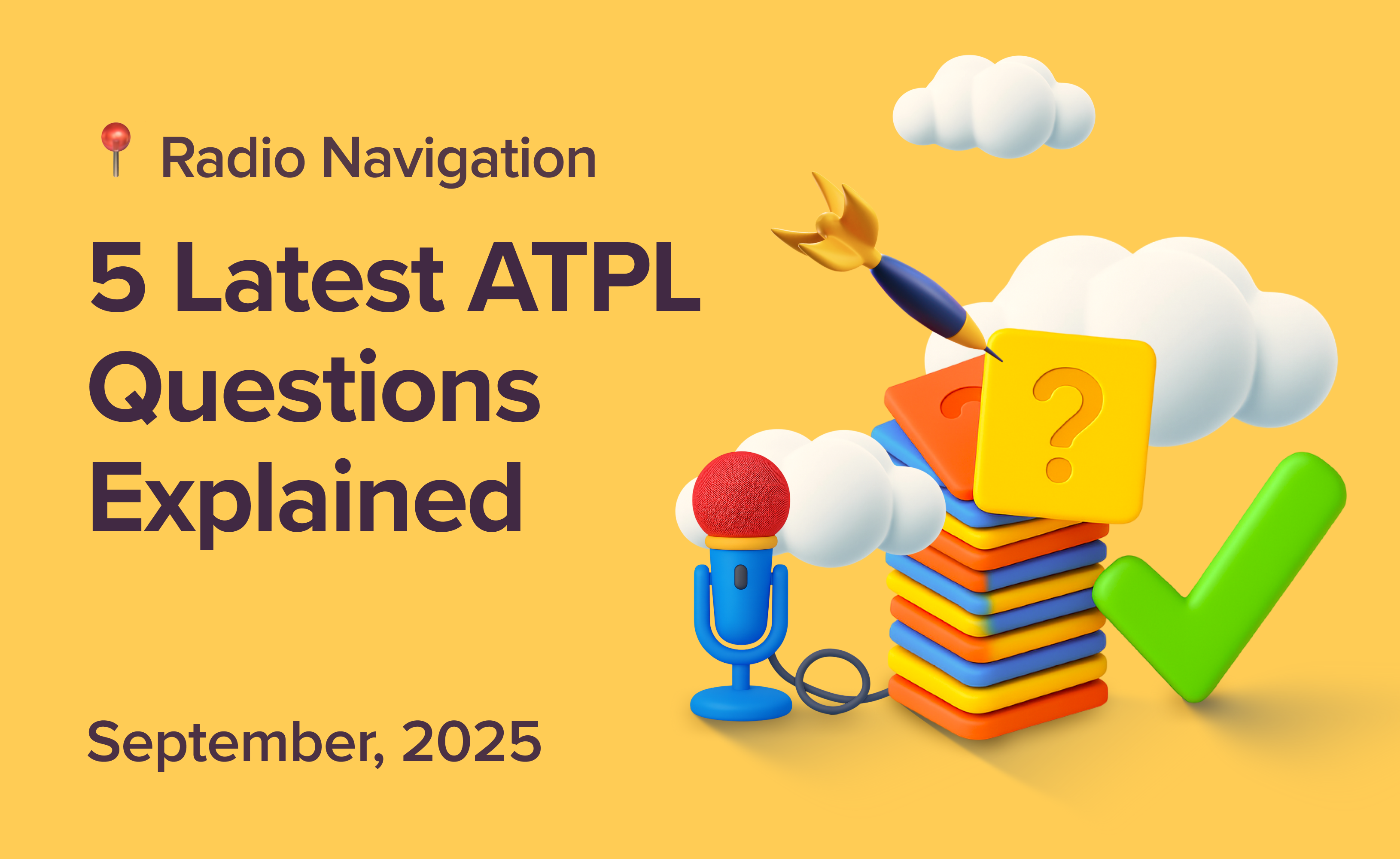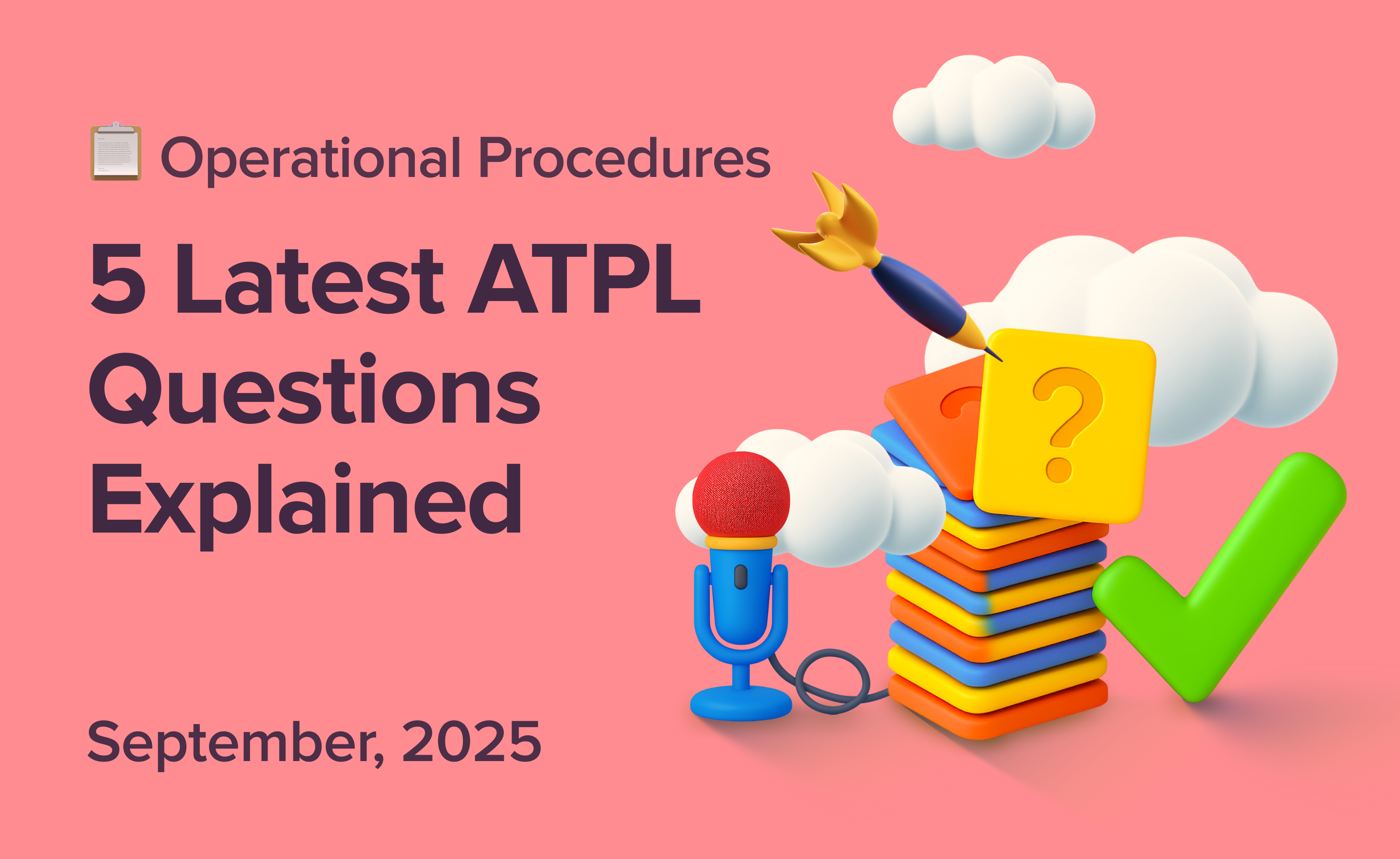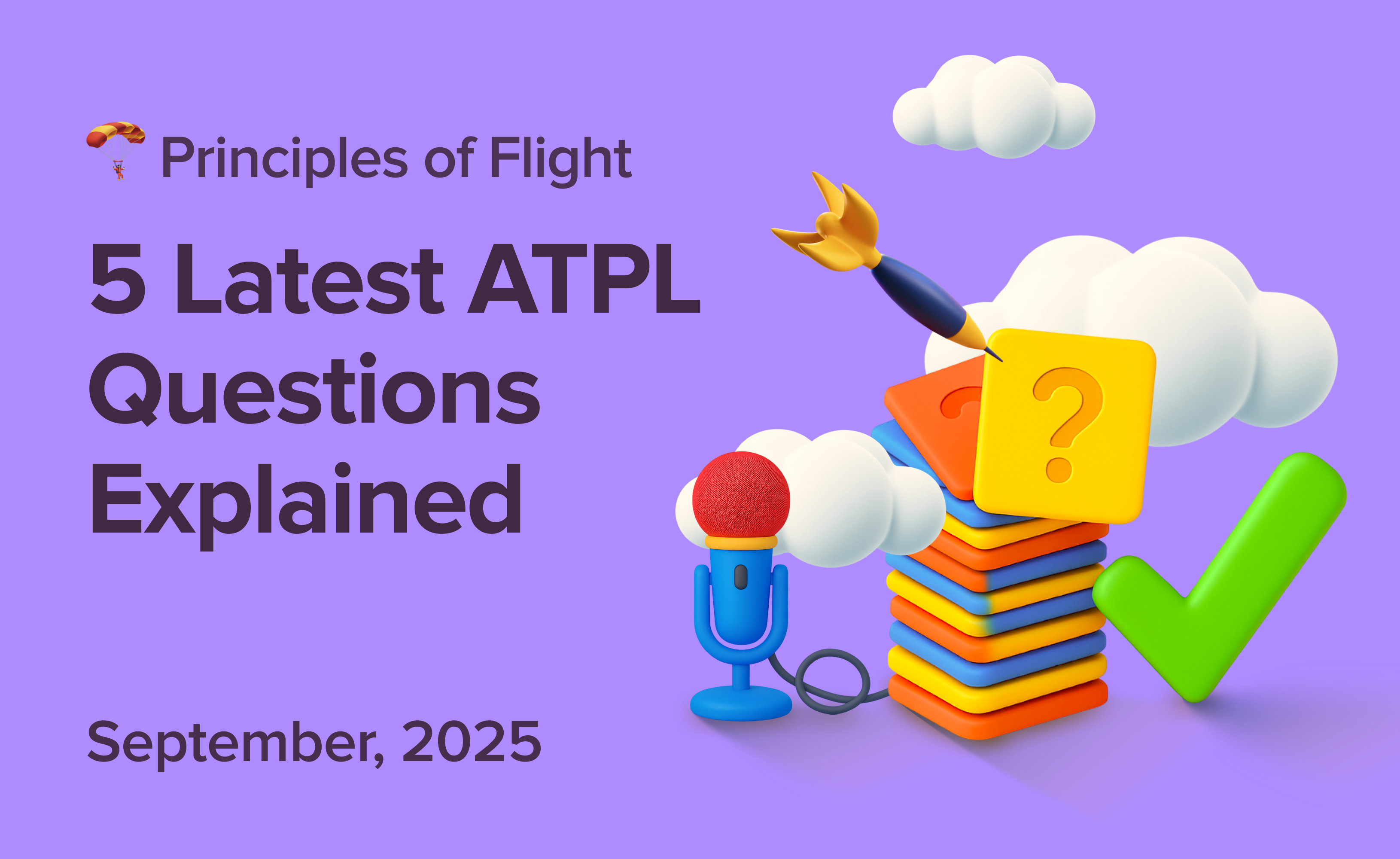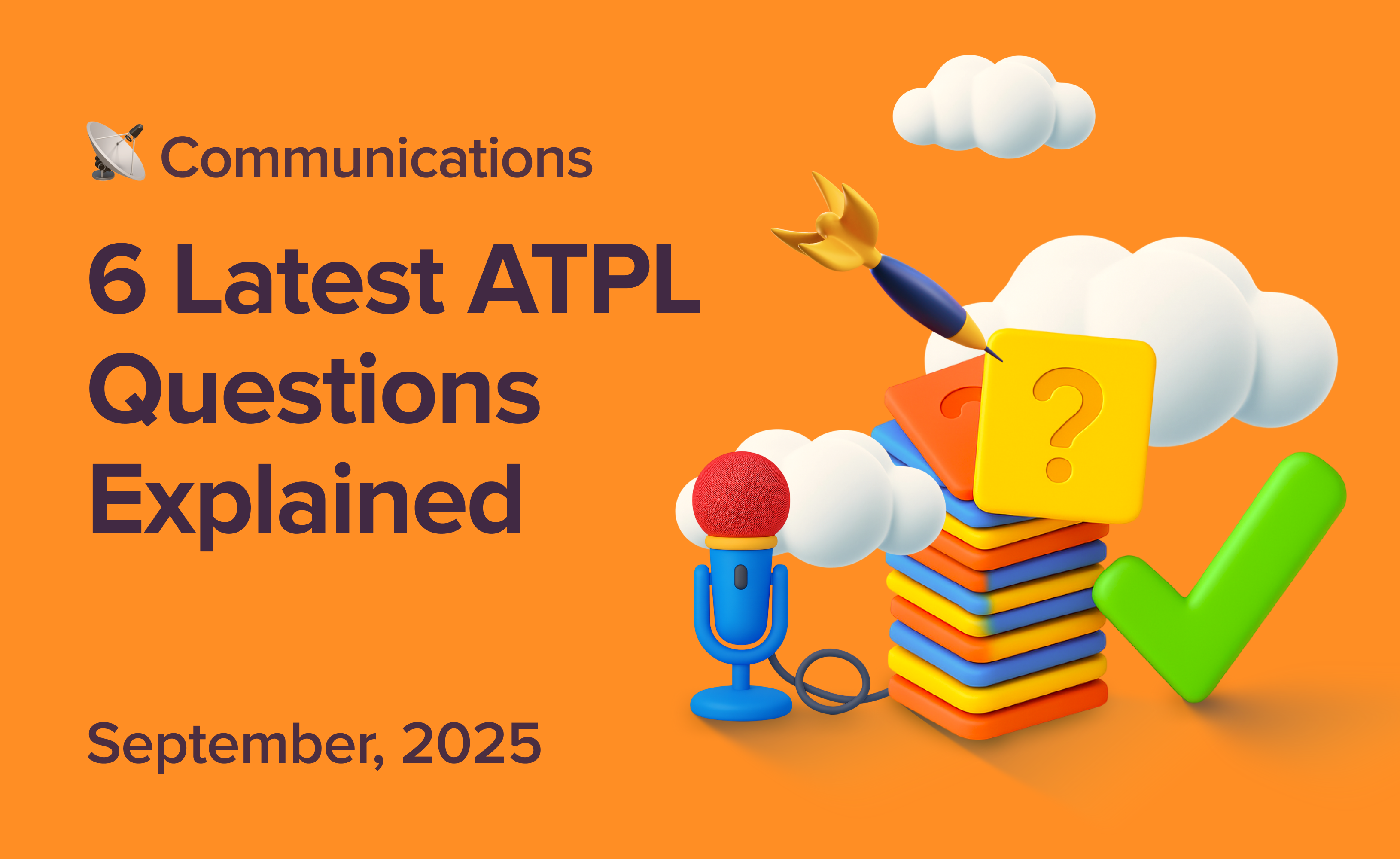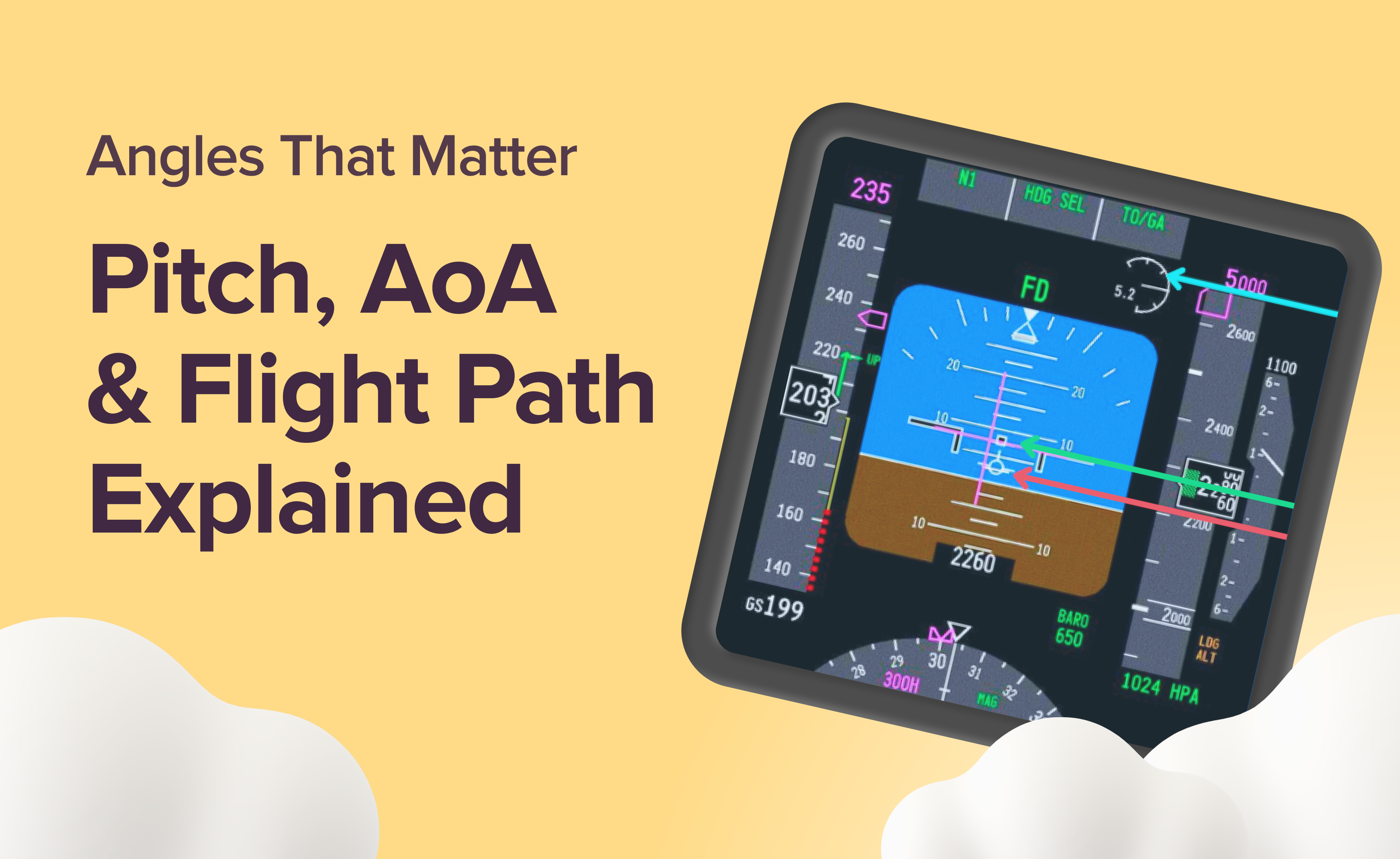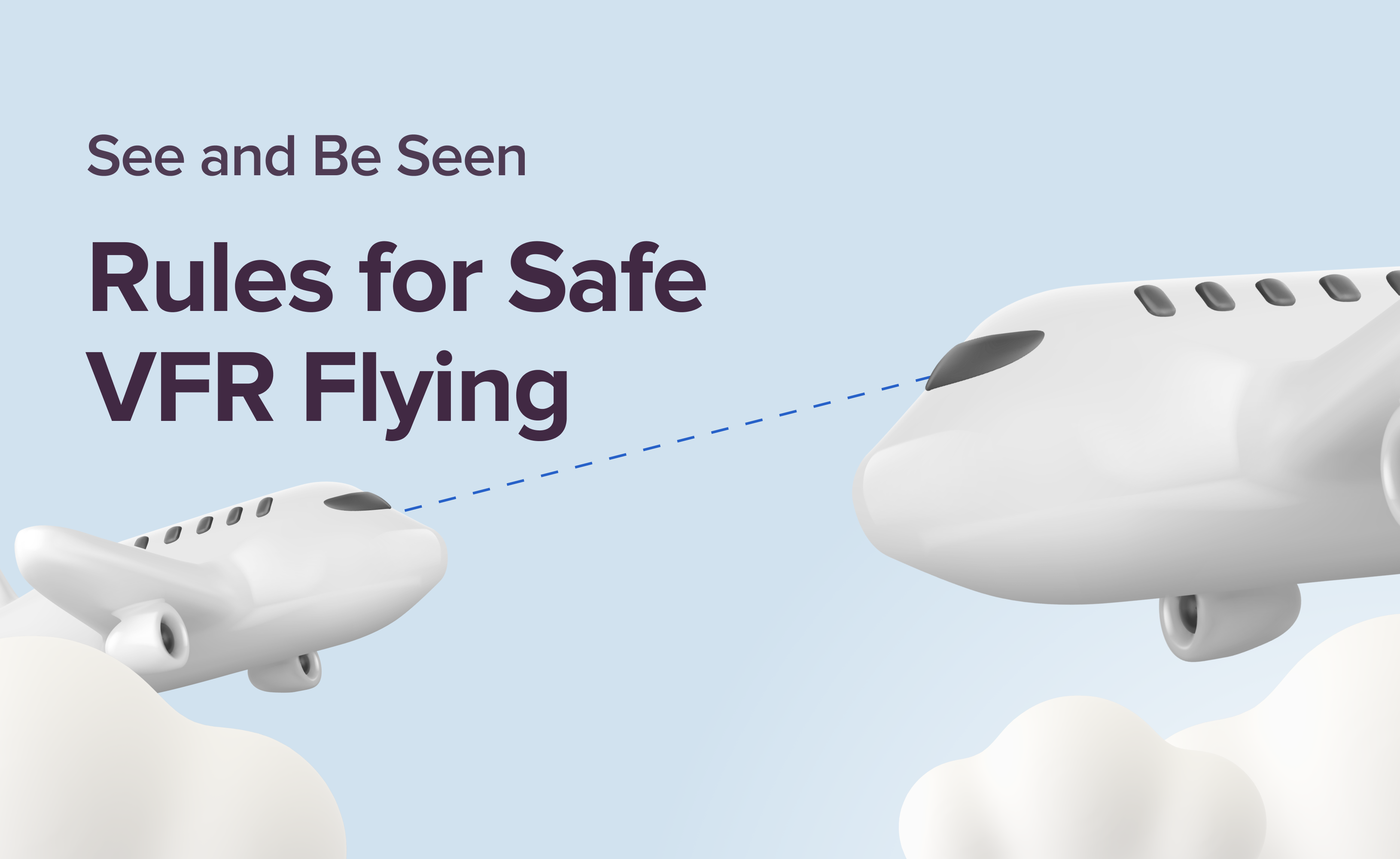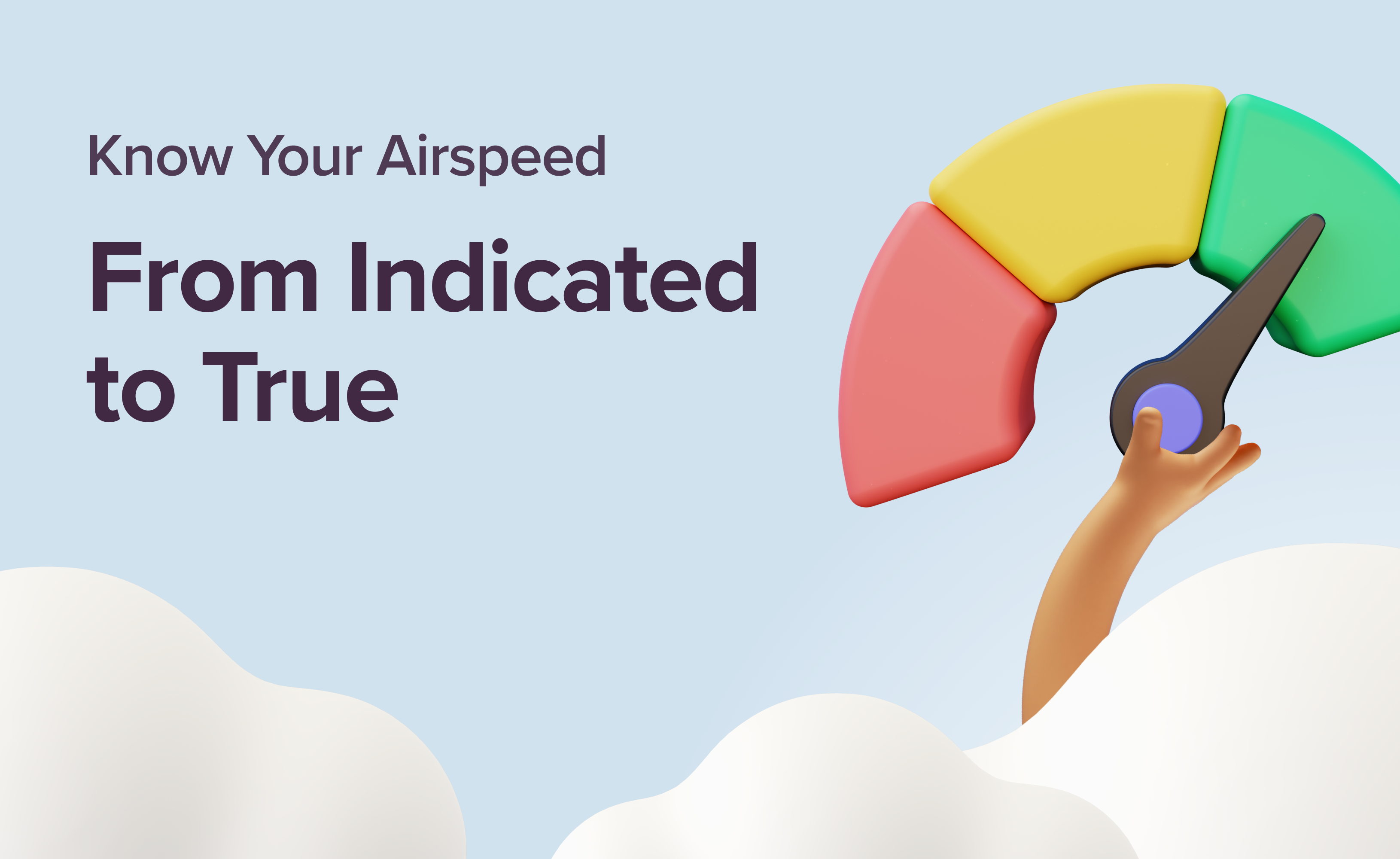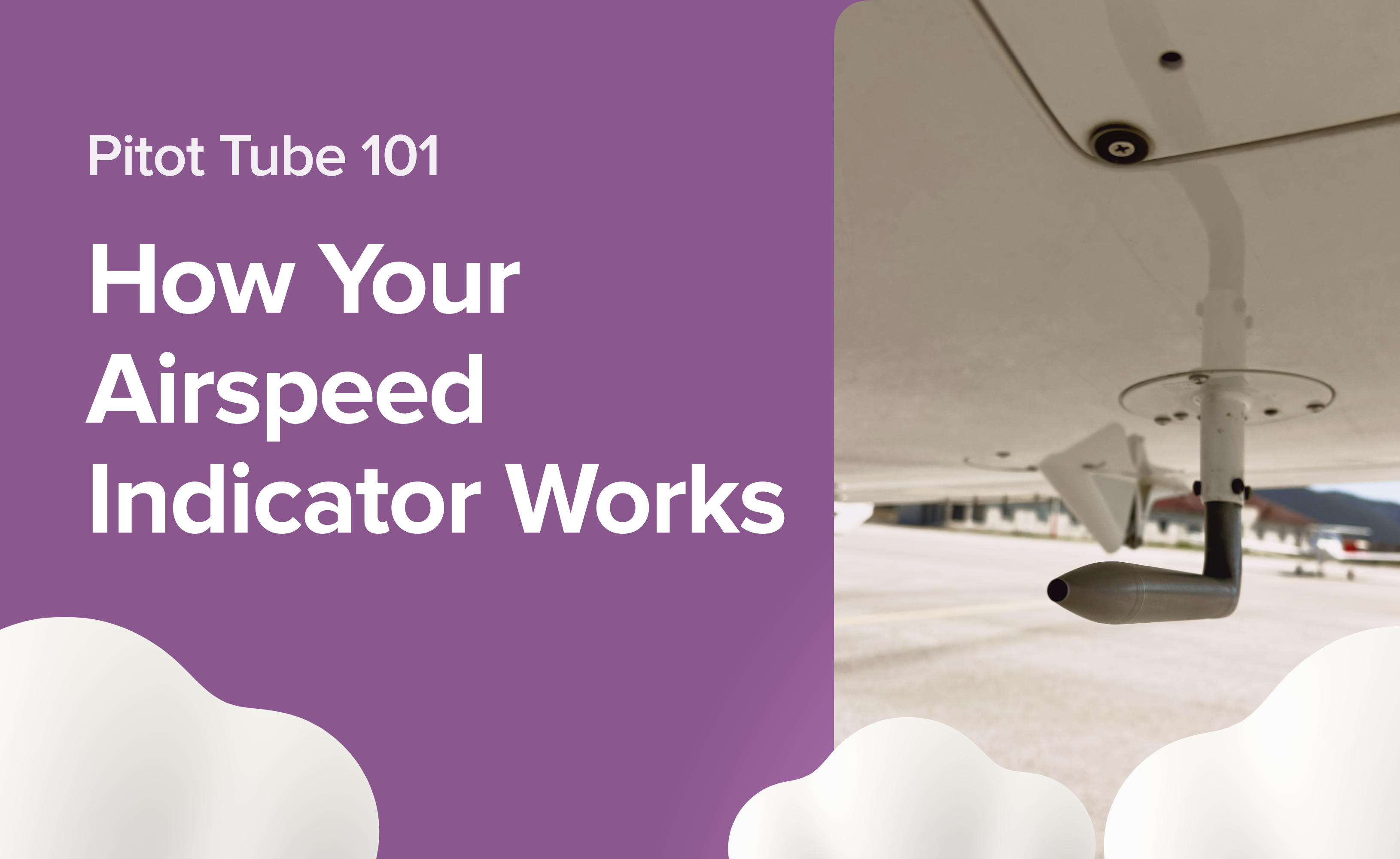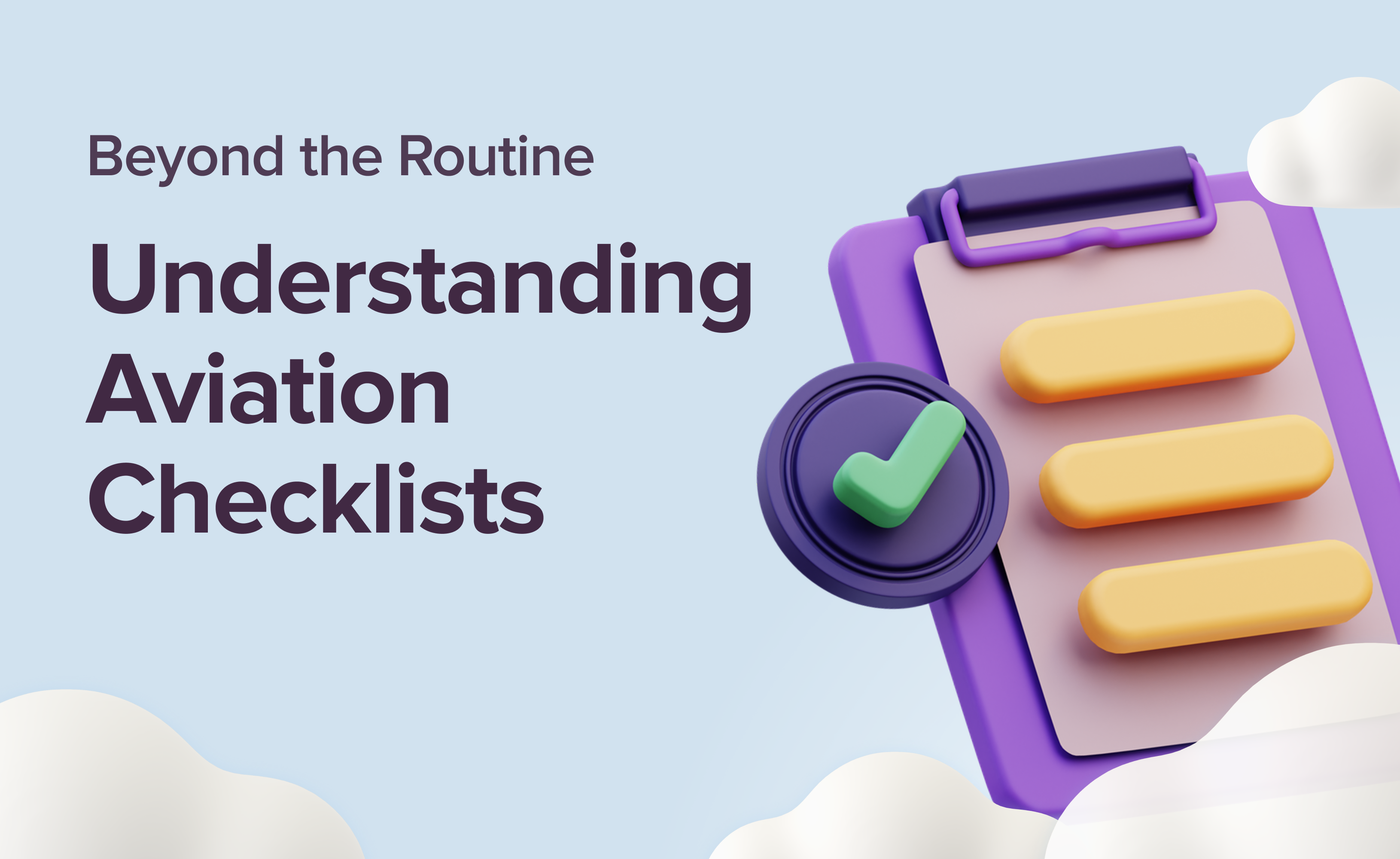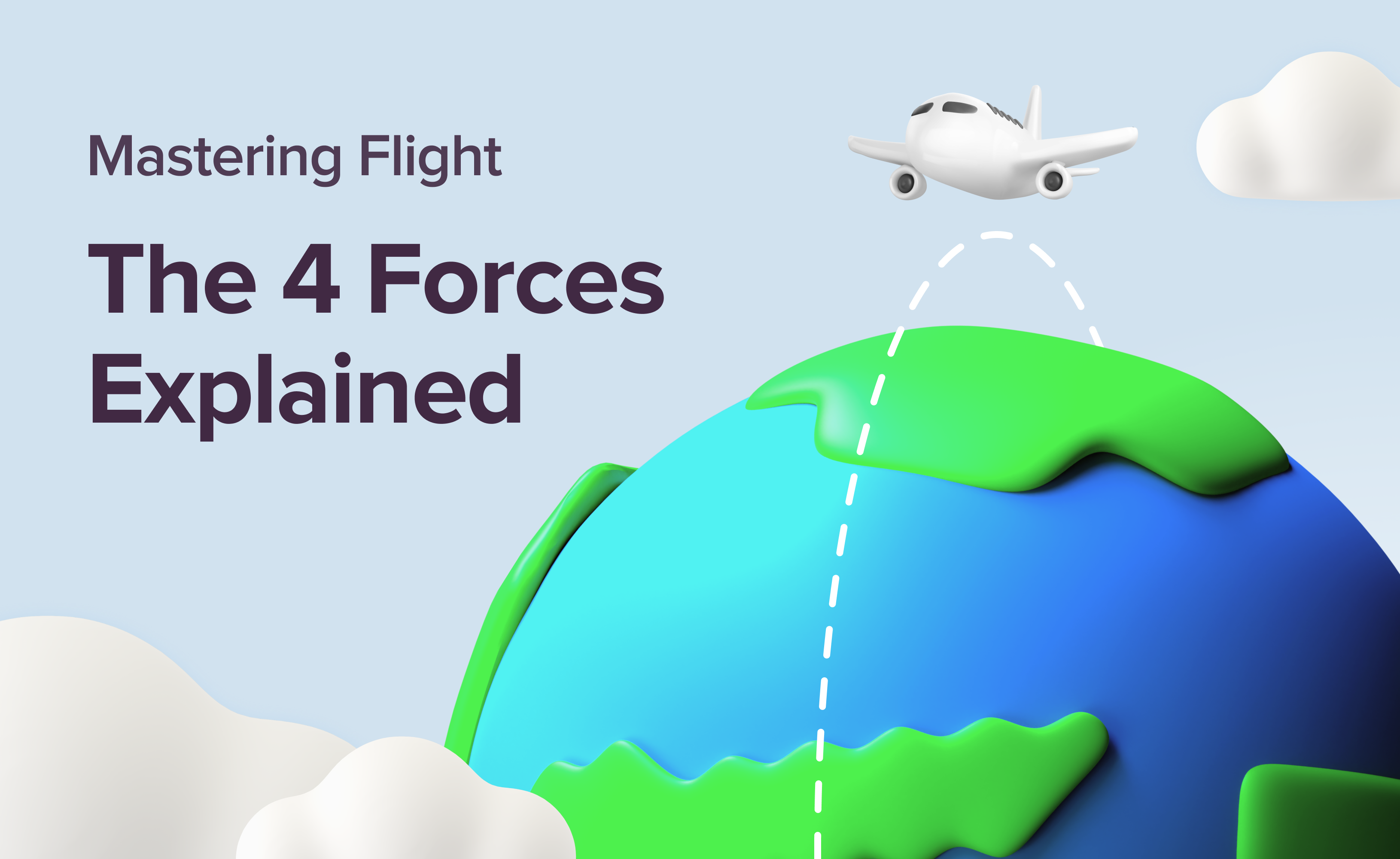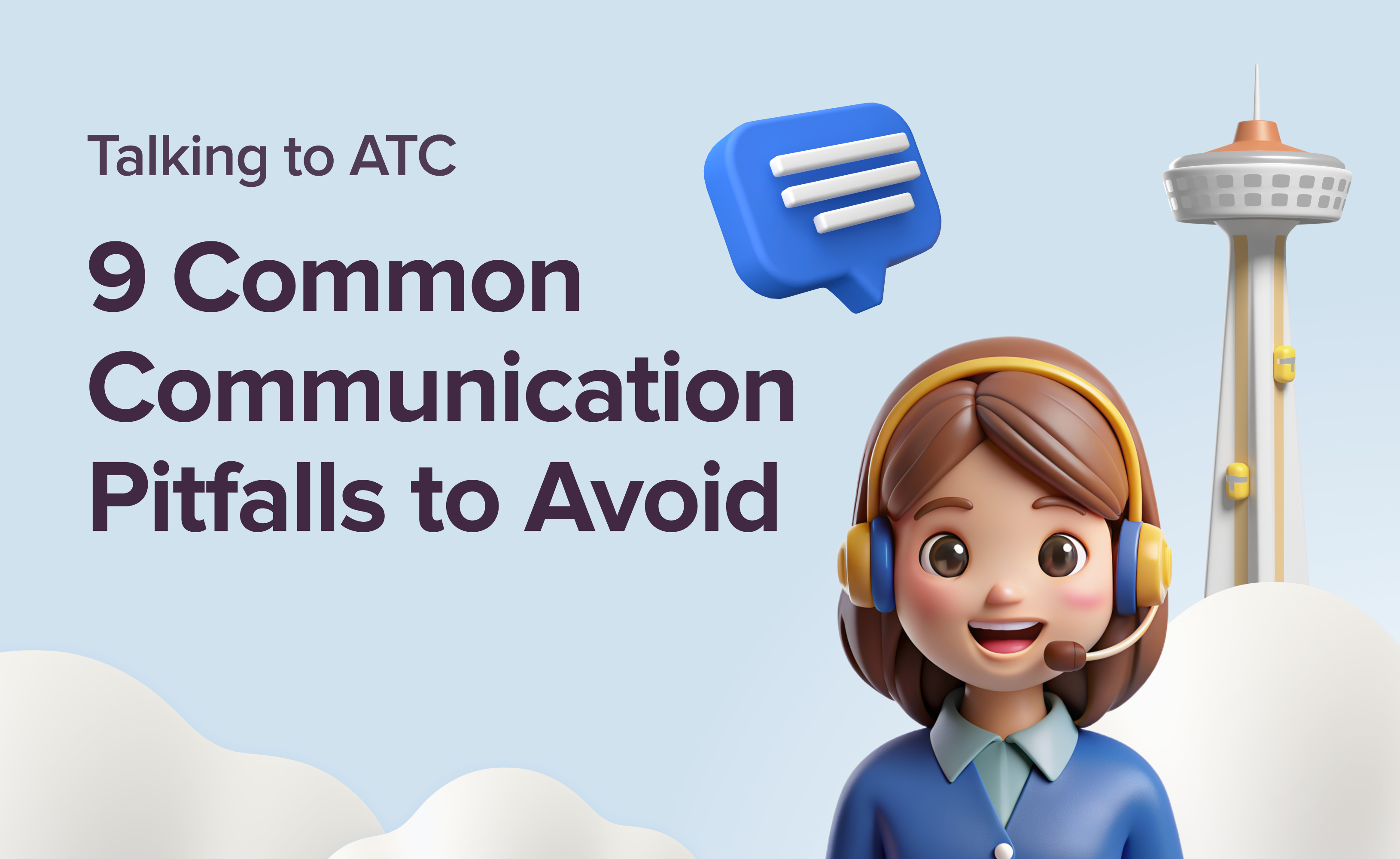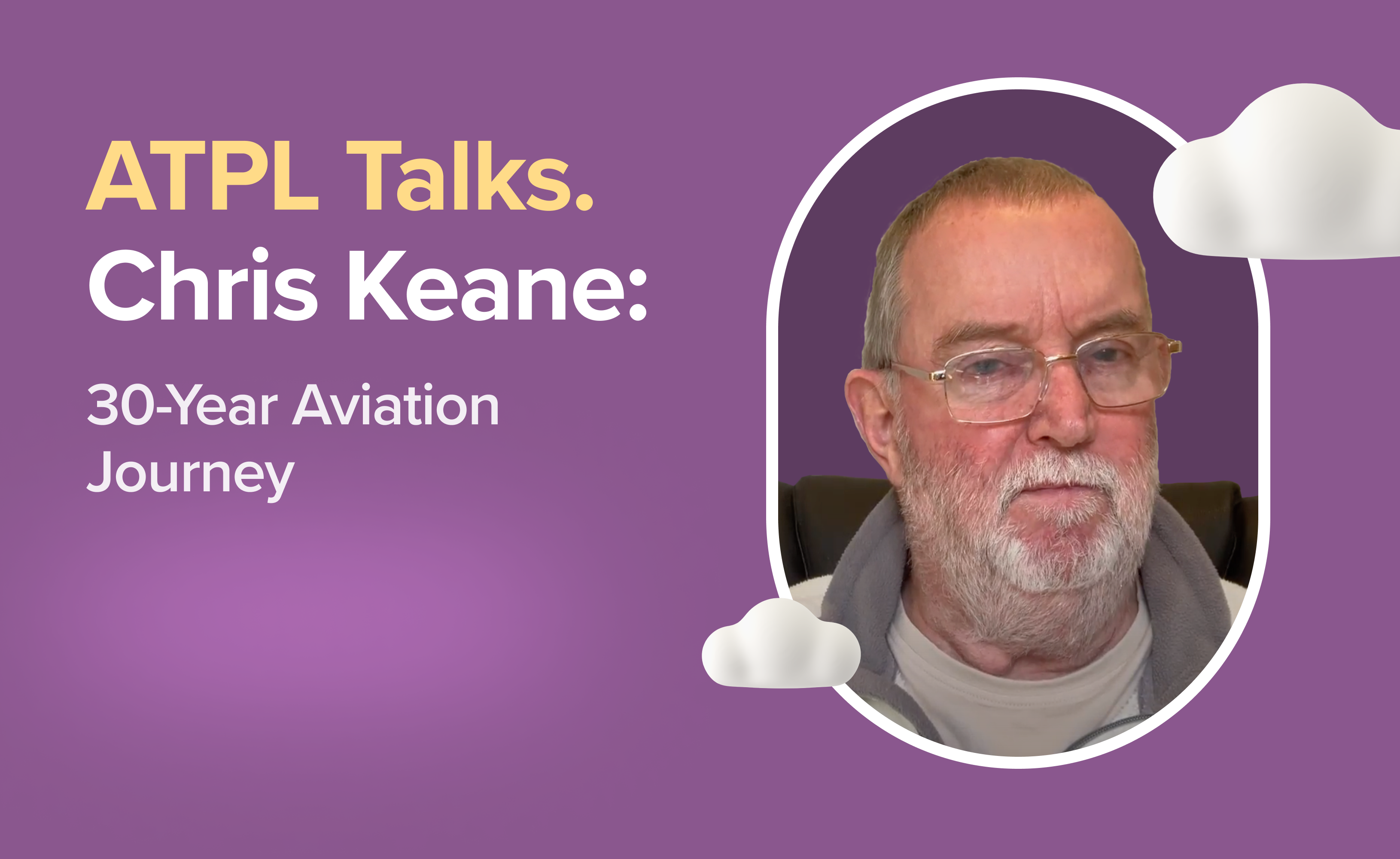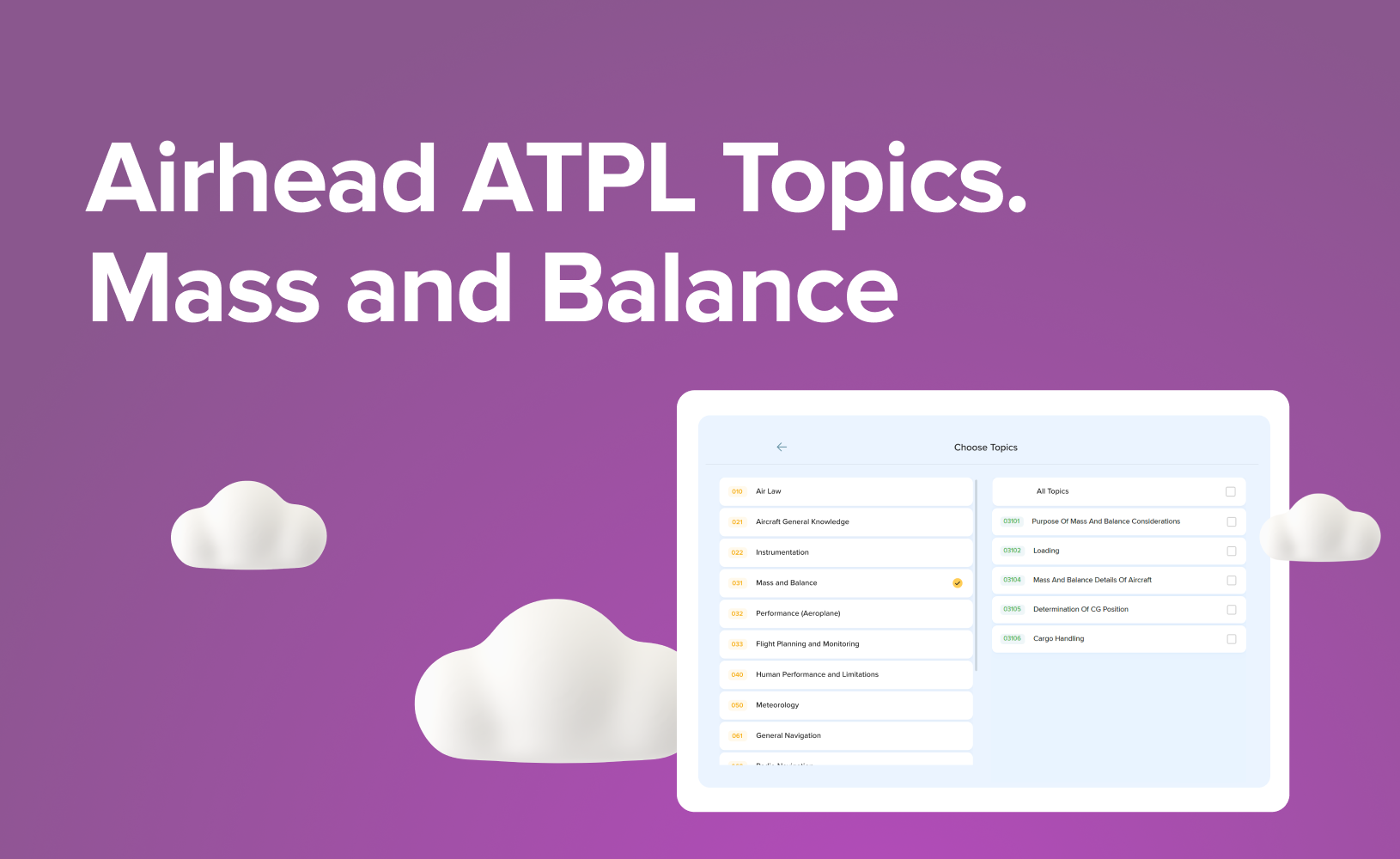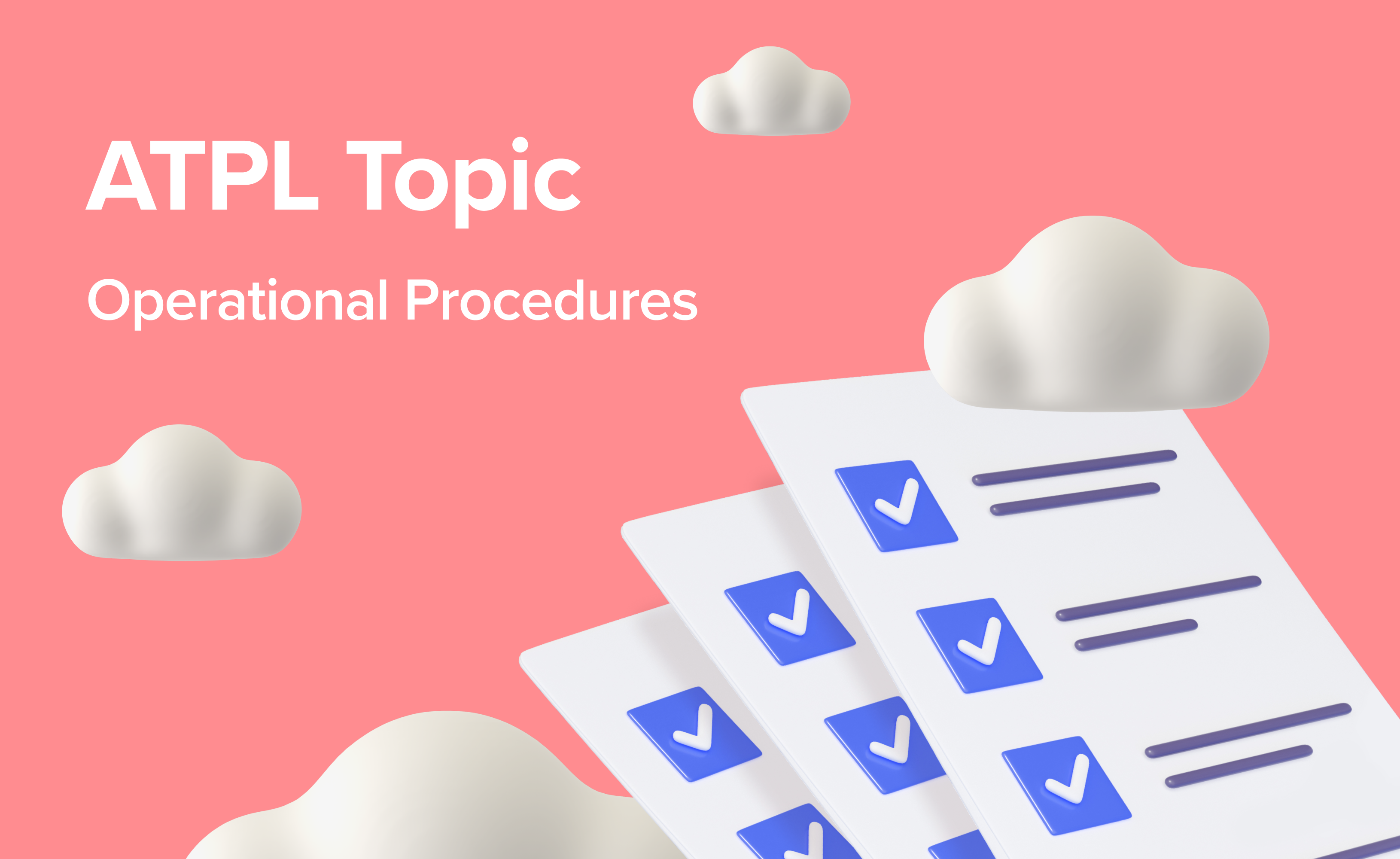When Pilots Squawk: Transponder Codes Explained
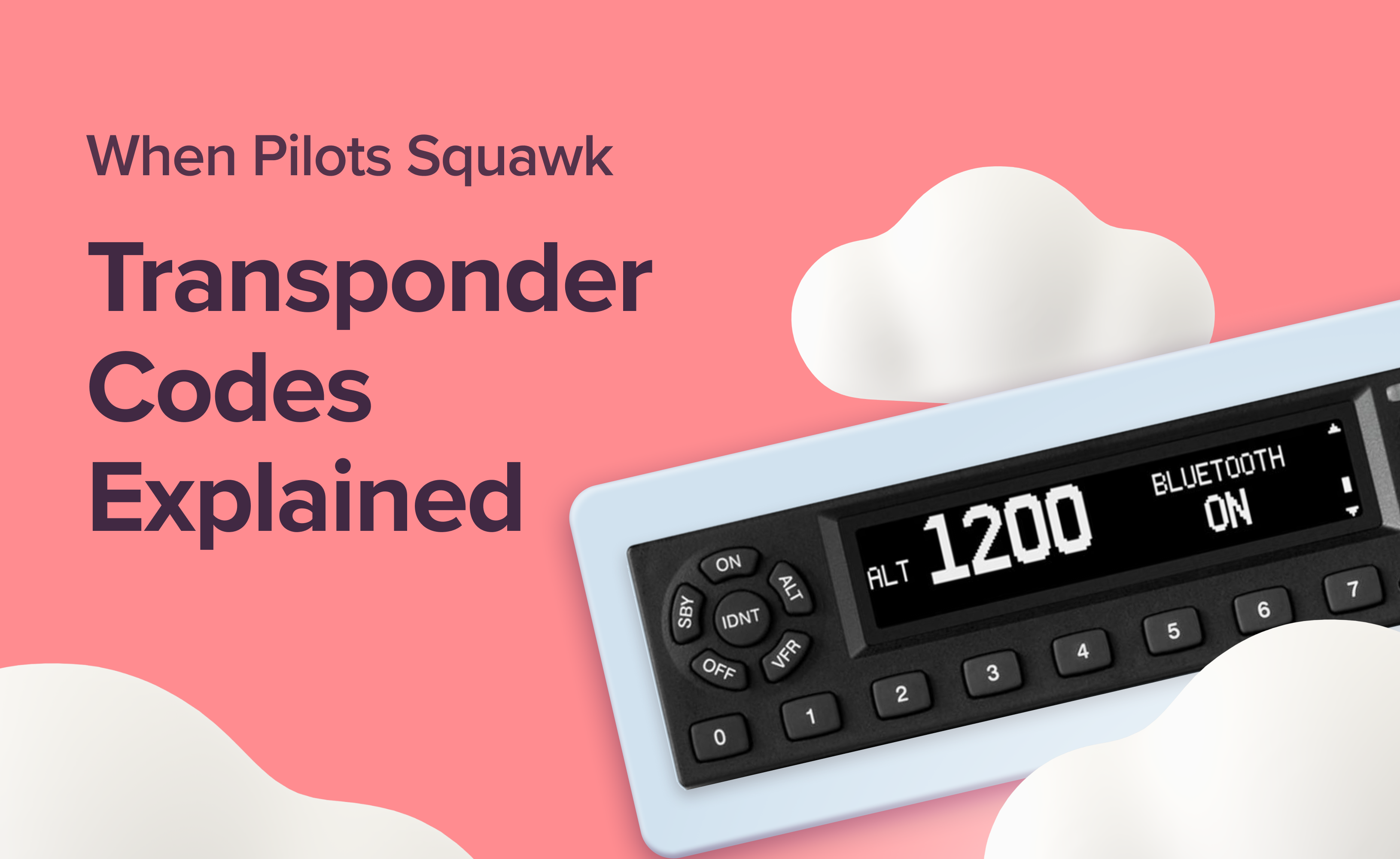
When it really hits the fan up there, pilots don’t reach for a microphone — they reach for the transponder. It’s not about yelling for help. It’s about squawking for it.
In the high-stakes world of aviation, every second counts. That’s why pilots have access to a set of emergency transponder codes — quick, silent signals that instantly tell air traffic control: “Something’s wrong.” Dive into this blog, and by the end, you'll understand precisely what “squawking 7700” signifies, why “7500” remains the unspoken code, and how to recall the crucial emergency trio.
Explore key subtopics & core concepts of the Radio Navigation Syllabus
What Is a Transponder?
Radar Signals from ATC
A transponder (short for transmitter-responder) is an onboard electronic device that automatically responds to radar signals from air traffic control (ATC). When queried by radar, your transponder sends back key information, such as your aircraft’s identity altitude, and position. This helps ATC track and separate traffic more safely and efficiently.
Transponders work in different modes:
Mode A sends only the squawk code and identification
Mode C sends squawk code, identification, and pressure altitude
Mode S (used in most modern aircraft) transmits all of the above, selective identification by air traffic control, plus more detailed data like azimuth data, Automatic Dependent Surveillance Broadcasting (ADSB), Traffic Collision Avoidance (TCAS).
Nervous about your first ATC call? Don't worry, we've got you covered. Check out our guide to help you navigate your initial radio communications.
What Is a Squawk Code?
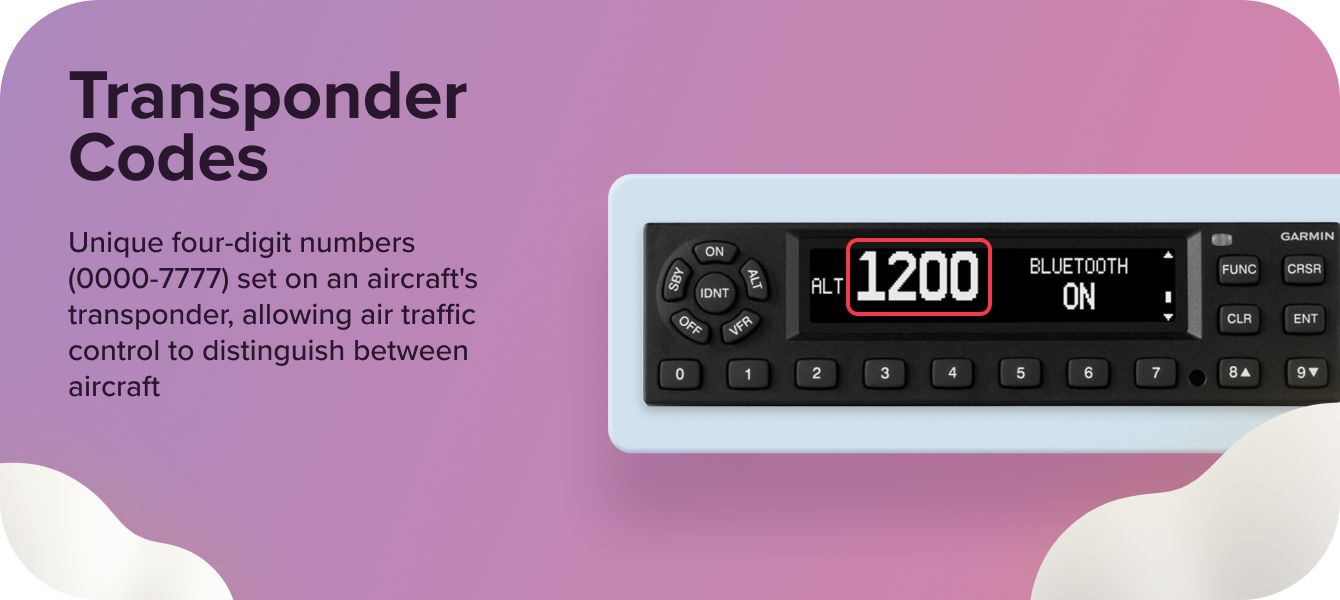
A transponder or squawk code or is a four-digit number (ranging from 0000 to 7777) that you enter into your aircraft’s transponder. This code is assigned by air traffic control (ATC) and shows up on their radar display next to your aircraft, allowing them to track you precisely. It's part of what’s called secondary surveillance radar, and it gives controllers more than just a blip on a screen.
Squawk code is like a temporary callsign for radar tracking. You change it when requested, reset it when switching from IFR to VFR, and squawk standard codes when needed.
For example: ATC may say: “Cessna G-ABCD, squawk 3725.” You dial 3725 into your transponder, and that code now identifies your aircraft on the controller’s screen.
Each of the four squawk digits ranges from 0 to 7, giving us a total of 4,096 combinations (8⁴). That’s plenty of room for ATC to assign unique codes across the system.
Squawk codes help with:
Traffic separation: ATC assigns a unique squawk to each aircraft.
Flight following: In VFR flight, requesting flight following means ATC can monitor your route using your squawk.
Emergency alerts: Specific squawk codes instantly notify ATC of problems (more on that shortly).
Airspace control: Different codes are used when entering controlled airspace or operating under special rules (e.g., VFR squawk).
The Emergency Trio
In an emergency, there's no time for long conversations. That’s why pilots have three internationally recognised transponder codes to communicate different types of emergencies — instantly, silently, and globally.
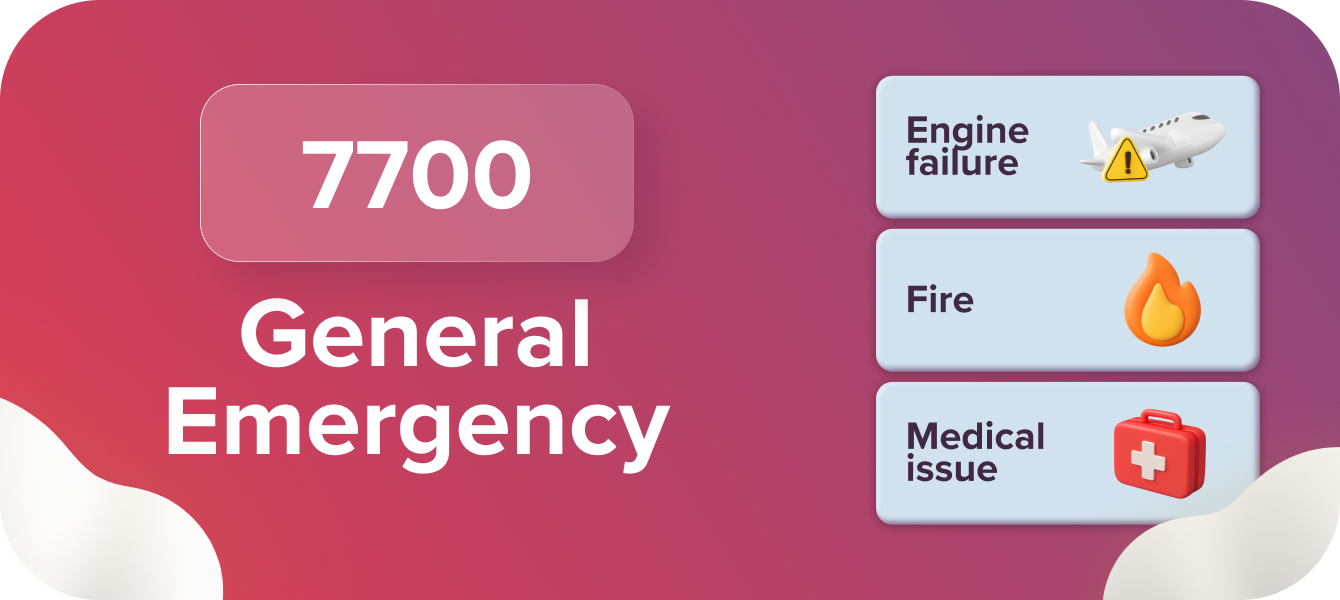
7700 – General Emergency. This is the go-to code when something serious happens: engine failure, onboard fire, medical emergency, or anything that makes continued flight questionable.
Squawk 7700 and ATC immediately knows you need priority handling. Expect radar identification, possible frequency changes, and clearances to land wherever required — fast.

7600 – Radio Communication Failure. If you can’t transmit or receive on your radio — or if you think ATC can’t hear you — squawk 7600.
ATC will recognise this and begin following established lost comms procedures, watching your transponder and flight path closely to determine your intentions. You’ll also follow a set of rules designed for this exact scenario (like continuing to your clearance limit at the expected time).

7500 – Hijack or Unlawful Interference. This one is serious. 7500 is used when your aircraft has been hijacked or is experiencing unlawful interference.
If you squawk 7500, ATC will not acknowledge it directly over the radio, but make no mistake, they see it. Protocols kick in behind the scenes. Interceptors may be launched, and a full emergency response is coordinated discreetly. Squawking 7500 “accidentally” will trigger a serious response — military, police, the works.
Are you aware of the attitudes that can sabotage your flying? Discover 5 risky mindsets every pilot should check.
New Rules for Radio Failure and Emergency Descent
7601 Joins the Squawk Family
Introduced in May 2025 under the revised Standardised European Rules of the Air (SERA), this update specifically addresses how pilots flying under IFR should respond when they lose communication but are still flying in visual conditions. The goal? To help air traffic controllers distinguish between IFR aircraft that are still following their clearance and those that are now acting more like VFR flights.

Here’s the scenario: You're flying IFR, you lose radio communication, and you decide not to continue under IFR — instead, you're in VMC and choose to divert to a nearby aerodrome.
In this case, squawk 7601. This new code tells ATC: “I’ve lost comms, I’m in visual conditions, and I’m diverting under my own navigation.” ATC will treat you accordingly, assuming you’re no longer operating within the IFR system.
If you lose comms but continue along your cleared IFR route as usual (whether you’re in IMC or still intend to follow your IFR plan) then 7600 remains the correct code.
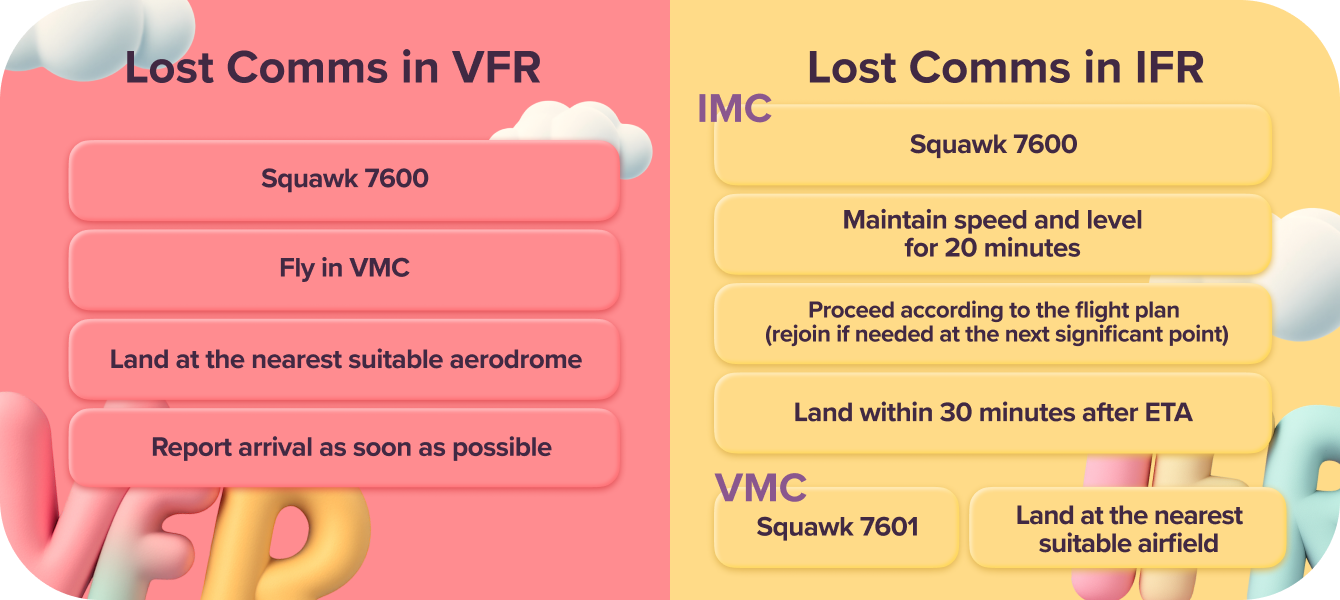
SERA has also replaced the old “7-minute rule” with a new 20-minute standard for IFR flights with radio failure. Another important change affects emergency descents (such as in the case of cabin depressurisation). Under the new SERA rules, pilots are no longer required to make an immediate off-route turn. Instead, you are now allowed to navigate “as deemed appropriate” to avoid terrain or traffic while descending. This grants you more tactical freedom to keep the aircraft safe in high-stress scenarios.
Fly safely across Europe. Our guide, See and Be Seen: Rules for Safe VFR Flying, breaks down the essential VFR rules you must know for confident piloting.
Avoiding Common Transponder Mistakes
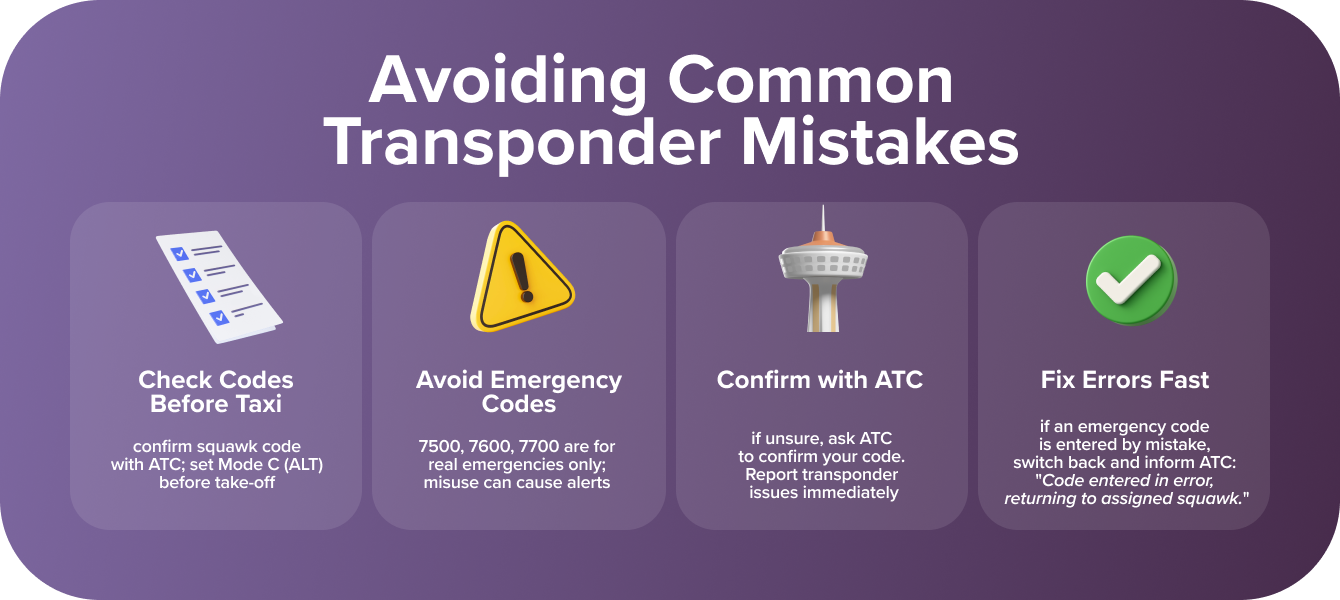
Even with modern avionics and checklists, transponder errors are still one of the most common slip-ups student pilots make. Here’s what to watch out for.
Check Codes Before Taxi. Don’t skip this step. Before you move an inch, double-check your squawk code with ATC and make sure your transponder is set to Mode C (ALT) to transmit altitude. A mis-set code means ATC can’t “see” you properly — and that’s a no-go.
Avoid Emergency Codes (Unless It’s an Emergency). 7500, 7600, and 7700 aren’t just numbers — they trigger alarms in the ATC system. Entering them by mistake can launch a full emergency response. Learn them, respect them, and only squawk them when the situation demands it.
Confirm With ATC. If you’re unsure what code to use (or if your transponder is acting up) ask. No one will fault you for clarifying. But keying in the wrong code and flying off can confuse controllers and compromise separation.
Fix Errors Fast. Fat-fingered 7700 instead of 7000? It happens. Here’s what to say: “Code entered in error, returning to assigned squawk.” Then correct it immediately and continue your flight. Simple, professional, and clear.
Make it a habit to confirm your squawk setting during your pre-takeoff checks, run-up, and just before entering controlled airspace. A 5-second glance can prevent a 15-minute chat with ATC you didn’t plan on. Small habit = big confidence.
Beyond the Routine: Understanding Aviation Checklists covers the importance of checklists and how to use them effectively. Discover best practices for checklist management, learn how to avoid common errors, and understand why these procedures are vital for every flight.
Common Squawk Codes You Should Know
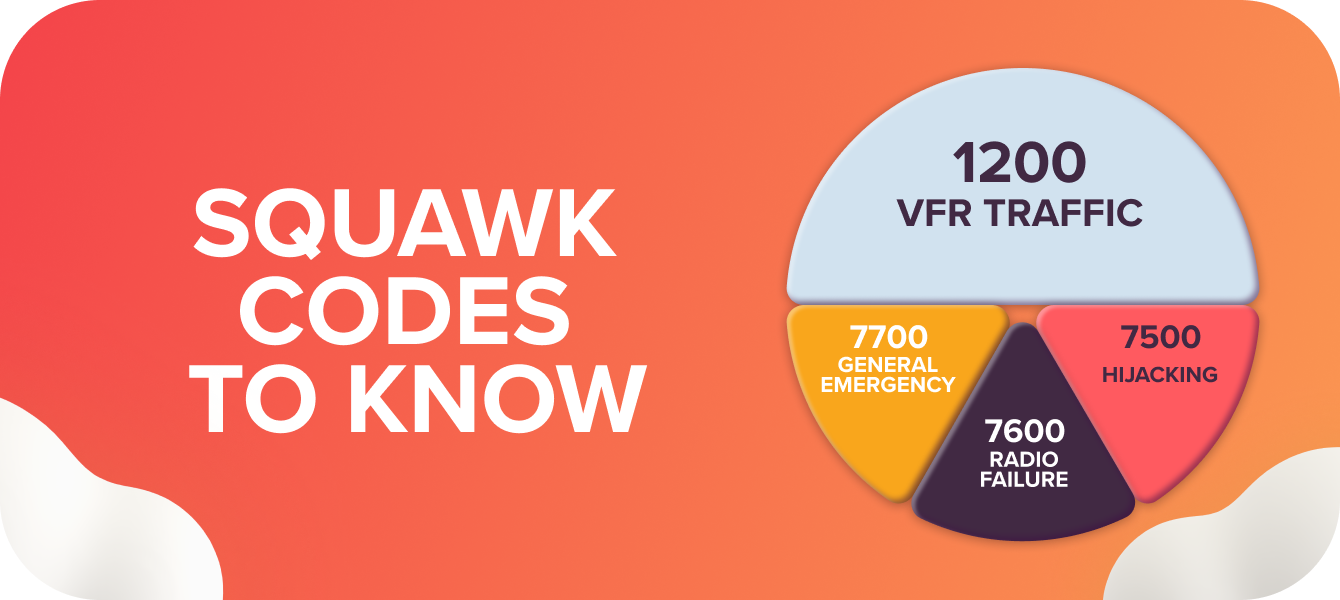
Not every transponder code means an emergency. You should also know a few standard codes, though. They show up in flight training, pop up in ATPL exams, and often appear on the actual panel when you're flying VFR. These non-emergency codes might not get as much attention as 7500 or 7700—but they matter just as much when it comes to flying smart and staying compliant.
7000 – VFR Standard in Europe
Flying VFR without talking to ATC in most of Europe? Squawk 7000. This is the default code for visual flight when no individual squawk is assigned. Just remember: if ATC gives you another code — use that instead.
1200 – VFR Standard in the US
Flying in the States? Same idea, different number. 1200 is the go-to VFR squawk across the United States and much of North America.
2000 – No Assigned Code (IFR or OCAS)
This is the transponder code for IFR flights without an assigned squawk, often used: – Over oceanic airspace – When transitioning between FIRs – In remote areas or non-radar environments
Quick Note: If you're flying in controlled airspace without an assigned code (which shouldn’t happen often), 2000 is your backup.
Facing obstacles in your flight training? Training Challenges: 12 Reasons Why Student Pilots Quit offers insights and solutions to help you persevere.
Mnemonics for Emergency Transponder Codes
To wrap things up, we've got the ultimate mnemonic to help you memorize these crucial codes cold. You may never need them, but if you do, you'll be profoundly grateful you knew exactly what to squawk.
7700 – “77—going to heaven” (general emergency)
7600 – “76—radio fix” (communications failure)
7500 – “75—man with a knife” (hijack/interference)
